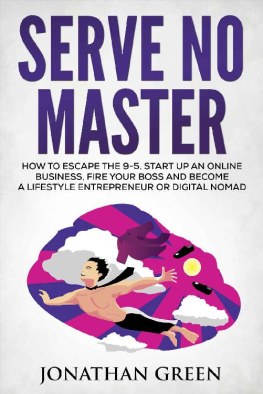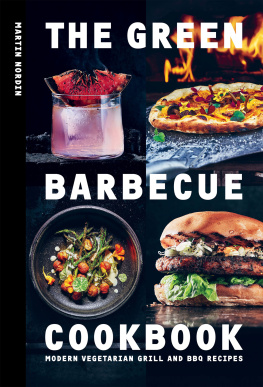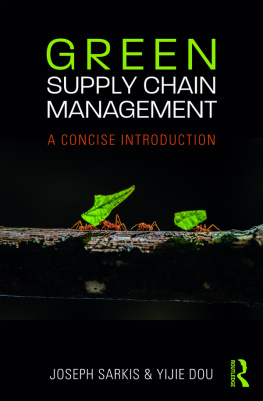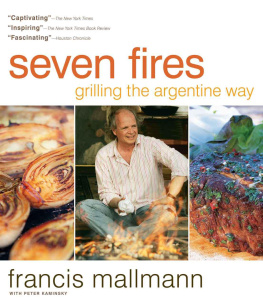Francis Mallmann - Green Fire
Here you can read online Francis Mallmann - Green Fire full text of the book (entire story) in english for free. Download pdf and epub, get meaning, cover and reviews about this ebook. year: 2022, publisher: Artisan, genre: Home and family. Description of the work, (preface) as well as reviews are available. Best literature library LitArk.com created for fans of good reading and offers a wide selection of genres:
Romance novel
Science fiction
Adventure
Detective
Science
History
Home and family
Prose
Art
Politics
Computer
Non-fiction
Religion
Business
Children
Humor
Choose a favorite category and find really read worthwhile books. Enjoy immersion in the world of imagination, feel the emotions of the characters or learn something new for yourself, make an fascinating discovery.

- Book:Green Fire
- Author:
- Publisher:Artisan
- Genre:
- Year:2022
- Rating:3 / 5
- Favourites:Add to favourites
- Your mark:
- 60
- 1
- 2
- 3
- 4
- 5
Green Fire: summary, description and annotation
We offer to read an annotation, description, summary or preface (depends on what the author of the book "Green Fire" wrote himself). If you haven't found the necessary information about the book — write in the comments, we will try to find it.
Green Fire — read online for free the complete book (whole text) full work
Below is the text of the book, divided by pages. System saving the place of the last page read, allows you to conveniently read the book "Green Fire" online for free, without having to search again every time where you left off. Put a bookmark, and you can go to the page where you finished reading at any time.
Font size:
Interval:
Bookmark:
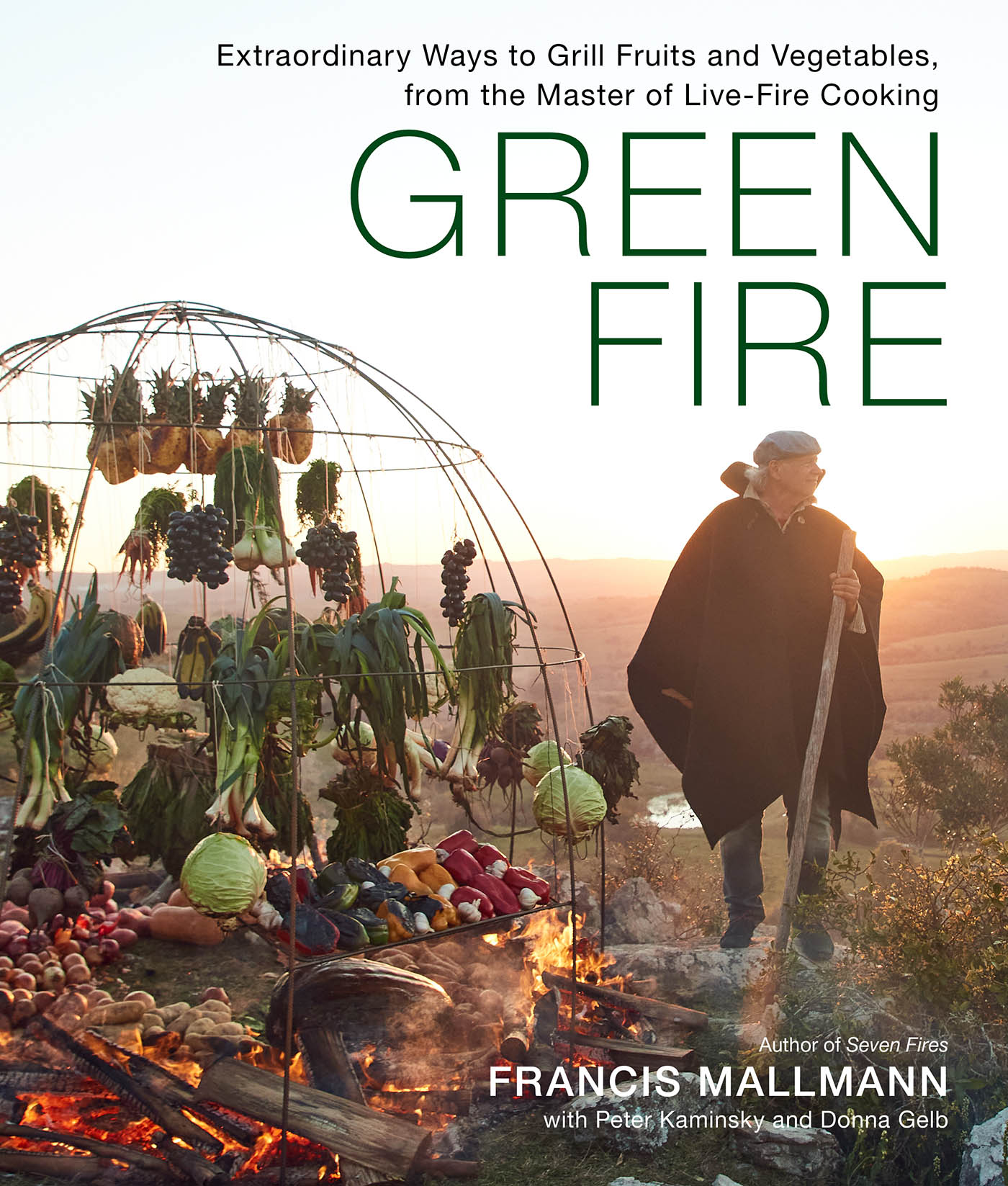
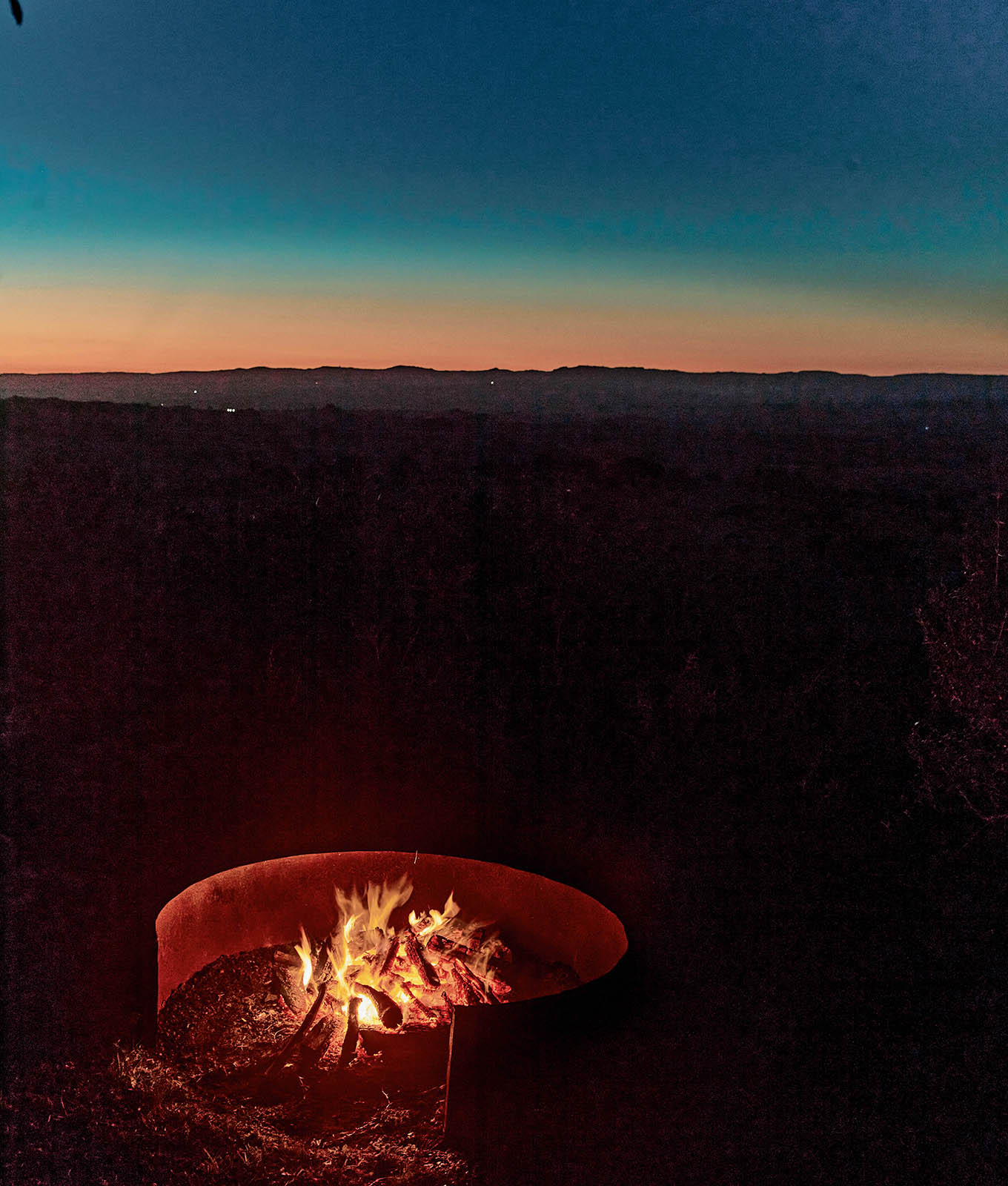
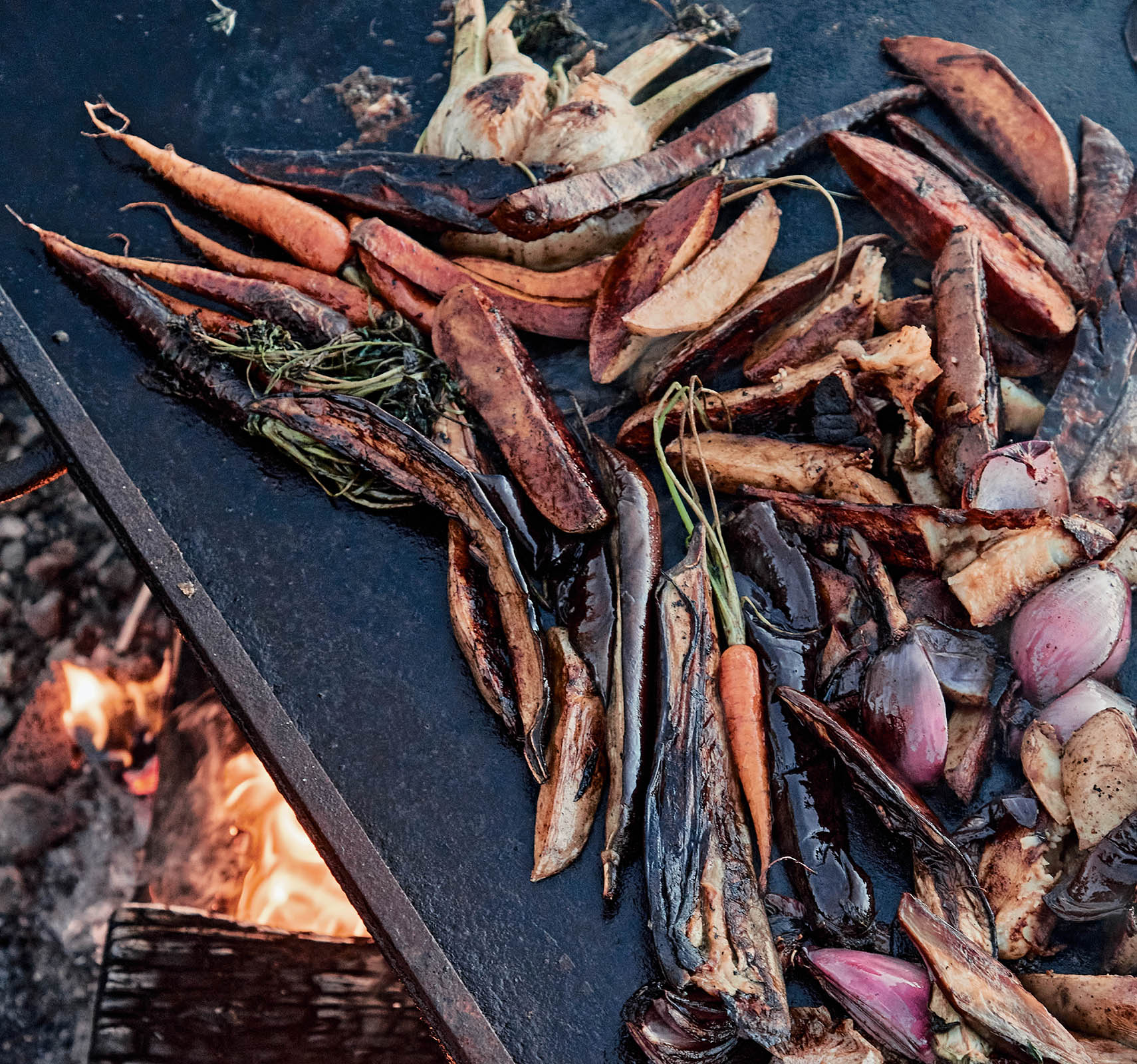

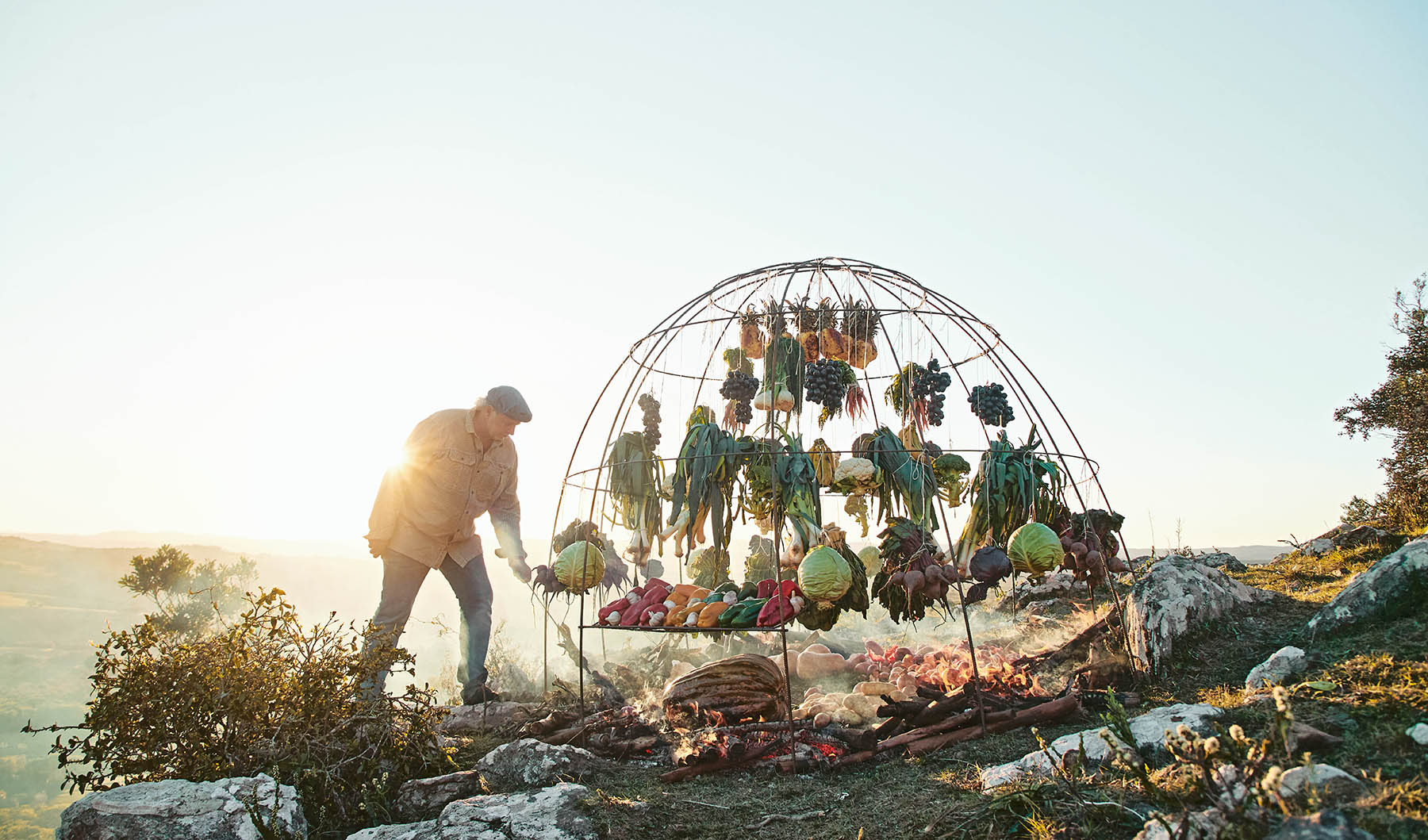
As a child I learned the language of the clouds
Of the wind, the forest, the trees, the lakes.
The glaciers on the Andes.
Without my knowing it,
This landscape stole inside of me
Never leaving
One day I remembered it all
and, kneeling on the ground,
I picked up these memories
They were my tools
Forged in the still-glowing embers of my childhoods hearth
Together we found my way to cook
Fire, always fire.
Francis Mallmann
La Isla, Patagonia
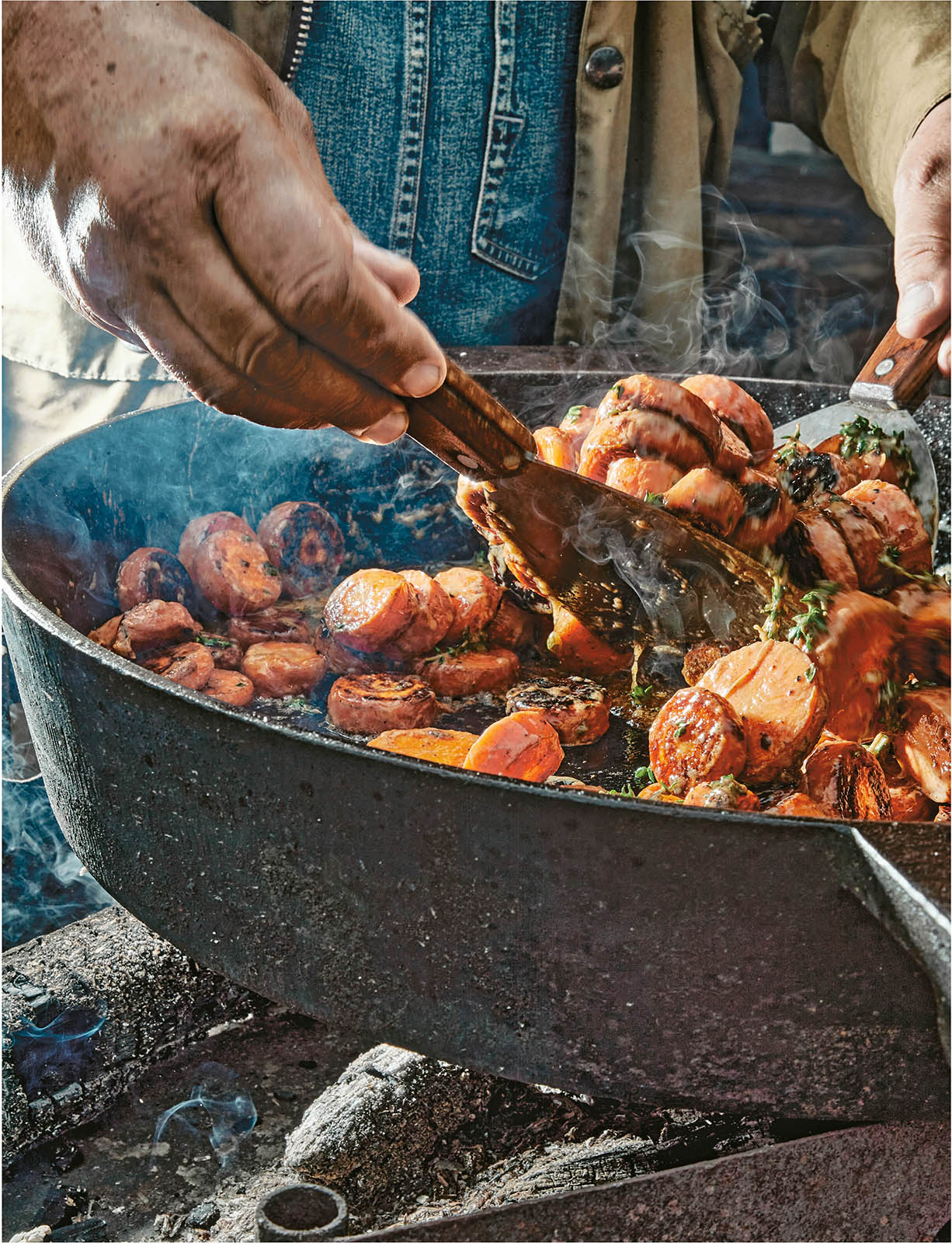

Introduction: Back to the Garden
When I was sixteen, I lived alone in a small house that I rented in Bariloche, the mountain town where I grew up. I chose a special corner behind the cabin for a garden. I readied the ground and put up a low fence to protect my crops from greedy rabbits. I installed a powerful light so that when I rose at five in the morning, I could tend the garden before heading out to my day job at a rental car agency. As gardens go, mine was quite simple: just carrots, parsley, and a few other herbs, but I protected them as if they were a treasure.
Now, nearly fifty years later, and with a lifetime behind the stove, I recall that teenage boy and what I was searching for in my garden: I wanted to understand how things are born and grow, age, and die. Although I didnt truly comprehend it in my youth, that vegetable garden was the beginning of a lifelong quest to unravel the mysteries of life.
For those of you who know my cooking, it may come as a surprise that after so many years of unconditional love for meat that I now ask you to come along with me, back to the garden, and to cook through a book where vegetarian and vegan recipes are the stars. Does this mean that I have given up on charred rib eyes, creamy sweetbreads, and long-roasted lambs on the cross? It does not. But as with many of you, a growing awareness of our eras perils to Nature herself has caused me to consider my cuisine in a new light.
To be sure, as a son of Patagonia, an immense land of panthers and condors, of gauchos tending vast herds of cattle and of Indigenous people who hunted llama-like guanacos and choikes (our native ostriches), I dont think I will ever be a full-on vegetarian. Still, if we are to survive on our small blue planet, we have to find a way to a new language of cooking, one that doesnt require us to destroy the rain forest to grow feed for cattle or to imprison animals on factory farms that condemn them to short and brutal lives. Nothing could be more estranged from the environment where these creatures have evolved to thrive and, in so doing, sustain us. I am saddened when I see this, and it has deepened my appreciation for the code of many of my friends who follow a diet of fruits and vegetables, grains and nuts. Although you may find it hard to believe, my favorite mealjudging by how often I eat itjust might be a plate of basmati rice and a red .
Of course, like any chef, I have always served vegetables, but its also fair to say they have frequently been more of a sideshow than a main attraction. In this book, they play the leading role in an ongoing journey of rediscovery. My goal is to create meals for vegetarians and vegans that are as sumptuous and satisfying as a succulent T-bone steak or a plump brook trout plucked from a mountain stream. I am as entranced by the crackling crust of a thick slice of potato in clarified butter done on the plancha; the ineffable creaminess of an eggplant roasted in the embers of a campfire; the sprightly sweetness of an overripe tomato, ever so slowly confited in olive oil. The transformations wrought by flames, coals, and smoke on fruits and vegetables are nothing short of alchemy.
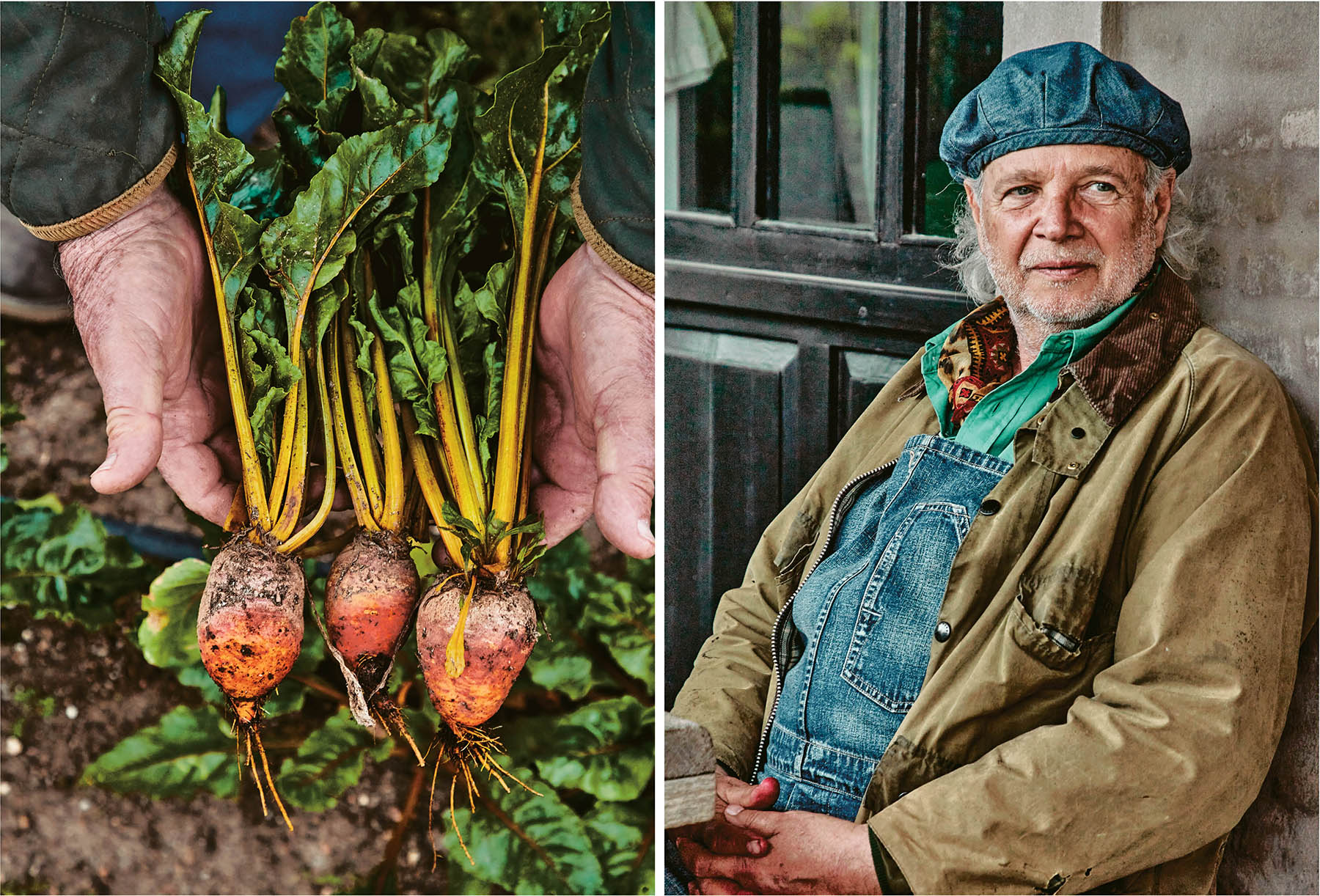
In this book, as it has always been for me, my recipes are born in dreams, following no logic other than desire. And just as in dreams, my memories of meals, of family and friends, of mentors, and of lovers take center stage for a moment, and if I am truly listening, they guide me and take shape in the encounter of fire, iron, and food. As time passes, each new arrival in my family of recipes gives birth to a houseful of children and grandchildren... and so on. The possibilities border on the infinite. These dreams have blazed a path for me, the path of green fire.
This return to the garden is not so much a change of direction for me as it is a profound deepening of a lifelong affection for fire. I hope you draw inspiration from these recipes, but dont, by any means, shy away from taking them down your own path. Use them as a beacon, not a commandment. I have always believed that in order to be a true cook you must surely master technique but, at the same time, stay attuned to your own unique spirit of rebelliousness and irreverence. If you pay attention, this spirit is a fire that burns within all of us.
The Faces of Fire
Things taste better when cooked out-of-doors. Why? you ask. I believe that the pleasure of cooking and eating is much more than a matter of ingredients meeting taste buds. In the outdoors, so many other elements come into play: the wind, the scent of pine trees and grass and flowers, the sunset painting the hills. In the presence of fire, these things make us feel more alive and in the moment.
How can one fully describe the primeval attraction of staring at dancing flames? Equally seductive, the aromas of cooking borne aloft by woodsmoke; it is bred within us. It quickens the pulse and soothes the spirit. Even if you dont find yourself in a remote valley in the Andes but in your own backyard, or at a street festival in the city, the union of food and fire somehow summons up all of these feelings in the way that a song evokes the memories of an embrace though years may have passed.
There are many fine chefs who can make gorgeous, complicated recipes, usually with the assistance of a brigade of helpers ready to follow the chefs every command. But even more elegant and pure, to my way of thinking, is the lone cook who can do a simple thing to perfection. Cooking with fire is a loving tutor if you give yourself over to it.
In Patagonia, we usually build a fire on the ground under a grate or plancha (griddle), then rake the coals to pile them up for more heat or to spread them out for less. Often, we will have a campfire on the side to replenish our coals for long-cooked recipes. For safety, I like to surround this fire with a ring of stones. This age-old method is exceedingly low-tech, but once you learn to listen to the language of fire you will find that you can adjust the heat of wood fire almost as effectively as turning a knob on your home oven. If you want more heat, then add more coals. For less heat, let the coals burn down or rake some aside. True, you cant set a wood fire to be exactly 325F (170C)but honestly, the ingredients wont know the difference if the heat of your fire is a few degrees above or below. Cooking is not all that scientifically precise. Rather than adjusting heat by the marks on a dial, in fire cookery I think in terms of a sliding scale from high all the way down to very low. Thankfully, we are born with a built-in temperature gauge: our hands. If you hold your palm at a safe distance from the fire or cooking surface, you can feel the difference between intense, moderate, and gentle heat. No dials, gauges, or thermometers required. No special equipment needed. In short, less is more.
Next pageFont size:
Interval:
Bookmark:
Similar books «Green Fire»
Look at similar books to Green Fire. We have selected literature similar in name and meaning in the hope of providing readers with more options to find new, interesting, not yet read works.
Discussion, reviews of the book Green Fire and just readers' own opinions. Leave your comments, write what you think about the work, its meaning or the main characters. Specify what exactly you liked and what you didn't like, and why you think so.

